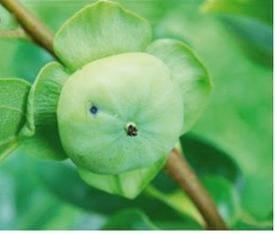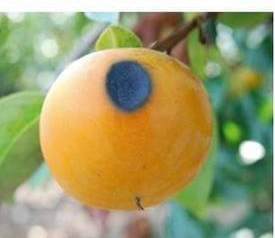Chinese Persimmon
Chinese persimmon trees, 20-30 feet tall in Zones 7-10, exhibit moderate growth in well-drained soil and full sun. They produce sweet and edible persimmons, popular in Asian cuisines.
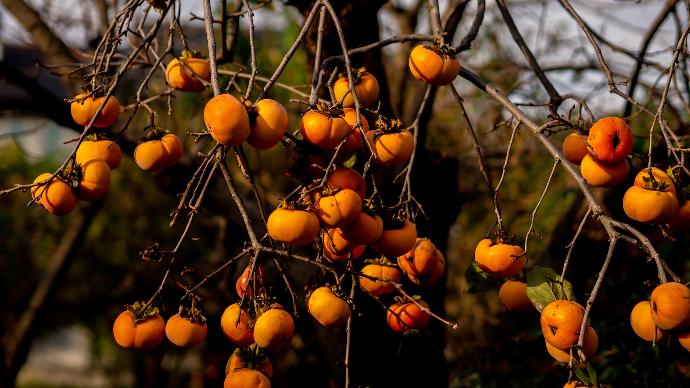
Habit
Tree
Height
20-30 ft
Growth
Moderate
Soil
Well-drained, loamy soil
Shade
Full Sun
Moisture
Moderate
Edible
Yes
Medicinal
Yes
Origin
China, Japan
Climatic Condition
Temperate, Warm
Temperature (°)
15-30°C
Humidity (%)
50-80%
Potting media
Peat, mulch
Fertilizers
NPK 8:3:9, potassium-rich
Watering
Moderate watering
Plant Weight
Yes
Flowering Time
Spring, Summer
Soil Ph level
5.5 - 7.0
Water Ph level
5.5 - 7.0
Soil EC
1-2 dS/m
Yield Per Plant
50-100 fruits per tree
NPK ratio
10:10:10
life Span
30-50 years
Health Benefits
High in fiber, antioxidants, heart health
Suggested Grow Media or Potting Mix ?
60% loamy soil, 20% compost, 20% sand
Suggested Fertigation/Fertilizers
Fertilize every 6 weeks with a balanced, slow-release fertilizer.
Common Diseases and Remedies
persimmon anthracnose, persimmon cercospora leaf spot, persimmon circular leaf spot, persimmon powdery mildew,
the spots on the infected shoots enlarged with shoot growing,Small, dark brown spots on both leaf surfaces.
Use mulch around the base of plants,use baking soda
HEALTH BENEFITS
· High in vitamins A, C, and E, supporting immune health.
· Rich in fiber, aiding digestion and gut health.
· Contains antioxidants that promote heart health and reduce inflammation.
What Is An Chinese persimmon Tree?
Chinese persimmons are broadly divided into two types: astringent persimmons and astringent persimmons. Astringent varieties are bitter when unripe, but sweet and delicious when fully ripe. Non-astringent varieties are sweet even if they remain hard. Fruits are rich in vitamins, minerals, and dietary fiber.
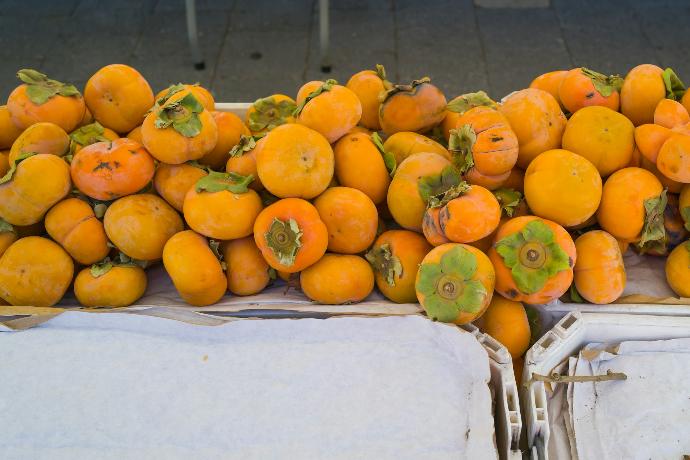
What Are The Different Types Of Chinese persimmon Plants?
1. Hachiya
A popular astringent strain with a pointed bottom. Hachiya persimmons are very bitter when unripe, but when fully ripe, they become sweet like pudding. It is often eaten raw or used in baking.
2. Fuyu
Fuyu persimmons have no astringency and can be eaten while still hard. It has a flat bottom and a squat shape. Fuyu persimmons are sweet and crunchy, so they are suitable for cutting and adding to salads or eating like apples.
3. Tamopan
This variety is known for its astringent taste and large, round fruit. When Tamopan persimmons are fully ripe, their flavor becomes richer and sweeter.
4. Jiro
Jiro persimmon has no astringency and has a strong flavor. It has a flat, round shape and is often eaten raw or added to salads.
5. Gosho/Gyofuyu
A large, non-astringent variety similar to the Fuyu persimmon. It is characterized by its sweet and crunchy texture.

How to care for Chinese persimmon Plants ?
1. Location
The Chinese persimmon tree (Diospyros kaki) is usually grown outdoors as it requires sufficient sunlight and a specific climate for optimal growth and fruit production. These trees are suitable for subtropical to temperate climates and are not suitable for long-term indoor cultivation. However, potted Chinese persimmons can be temporarily grown indoors for short periods of time, such as during the winter or for ornamental purposes.
2. sunlight
Place the potted persimmon tree in a location where it receives bright sunlight, such as by a south-facing window. Chinese persimmons require plenty of sunlight for good growth and fruit production. Grows in direct sunlight and well-drained soil. Chinese persimmons grow best in USDA hardiness zones 7 through 10 with moderate temperature and humidity. In hot regions, it is important to provide shade and plenty of water to prevent sunburn and fruit loss. On the other hand, too much shade can weaken growth and reduce fruit yield. Therefore, to ensure optimal growth and fruit production, it is important to choose a location where the tree receives full sun for most of the day.
3. Soil
Make sure the soil is well drained to avoid waterlogging. Persimmon trees do not tolerate waterlogged roots, which can cause root rot.
4. Hydration
Water the tree when the top 1 inch of soil is dry and ensure good drainage to avoid waterlogging. Chinese persimmons require plenty of sunlight for good growth and fruiting. Grows in direct sunlight and well-drained soil. Chinese persimmons grow best in USDA hardiness zones 7 through 10 with moderate temperature and humidity. In hot regions, it is important to provide shade and plenty of water to prevent sunburn and fruit loss. On the other hand, too much shade can weaken growth and reduce fruit yield. Therefore, to ensure optimal growth and fruit production, it is important to choose a location where the tree can receive full sun for most of its day.
5. Nutrition
Feed young trees with a balanced fertilizer during the growing season. Fertilize as soon as new shoots begin to emerge in the spring. Established trees do not need to be fertilized frequently unless growth is slow or the leaves show signs of nutritional deficiencies. Chinese persimmon trees typically benefit from a balanced fertilizer containing equal or nearly equal amounts of nitrogen (N), phosphorus (P), and potassium (K). For example, a fertilizer with an NPK ratio of 10-10-10 or 14-14-14 may be suitable.
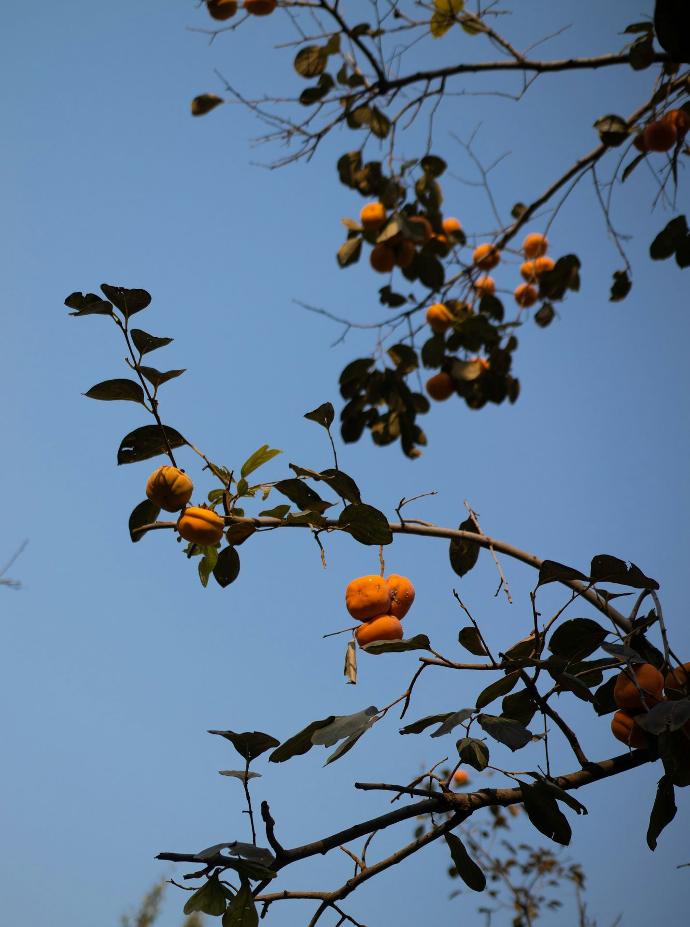
6.Issues
The Chinese persimmon tree (Diospyros kaki) can face several challenges that can affect its health and productivity. Common problems include nutritional deficiencies manifested by yellowing of leaves and stunted growth, which can be remedied with proper fertilization and soil amendment. Pests such as aphids, scale insects, and caterpillars can also pose a threat and should be carefully monitored and appropriate insecticides used if necessary. Additionally, diseases such as spot disease and root rot can occur, highlighting the importance of timely detection and intervention. Proper irrigation practices, avoiding waterlogging, and maintaining good soil drainage are essential to prevent root rot. Finally, frost can pose a danger to young trees, so protective measures are required during cold periods.
What are the Benefits of Chinese persimmon Plants ?
The Chinese persimmon (Diospyros kaki) has many benefits that make it a valuable addition to gardens and orchards. In addition to their delicious taste and culinary versatility, these fruits are rich in essential nutrients such as vitamins A, C, potassium, and fiber. Known for their sweet, honey-like flavor, Chinese persimmons contribute to a balanced and nutritious diet. The tree itself is ornamental and provides aesthetic appeal with dark green leaves and bright orange to reddish-orange fruits. In addition, Chinese persimmons are associated with good luck and play a role in cultural tradition, especially in East Asia. Beyond their culinary and cultural importance, persimmon trees contribute to ecological diversity by providing habitat and food sources for a variety of insects and birds, giving them overall value in both horticultural and natural ecosystems. further increase.
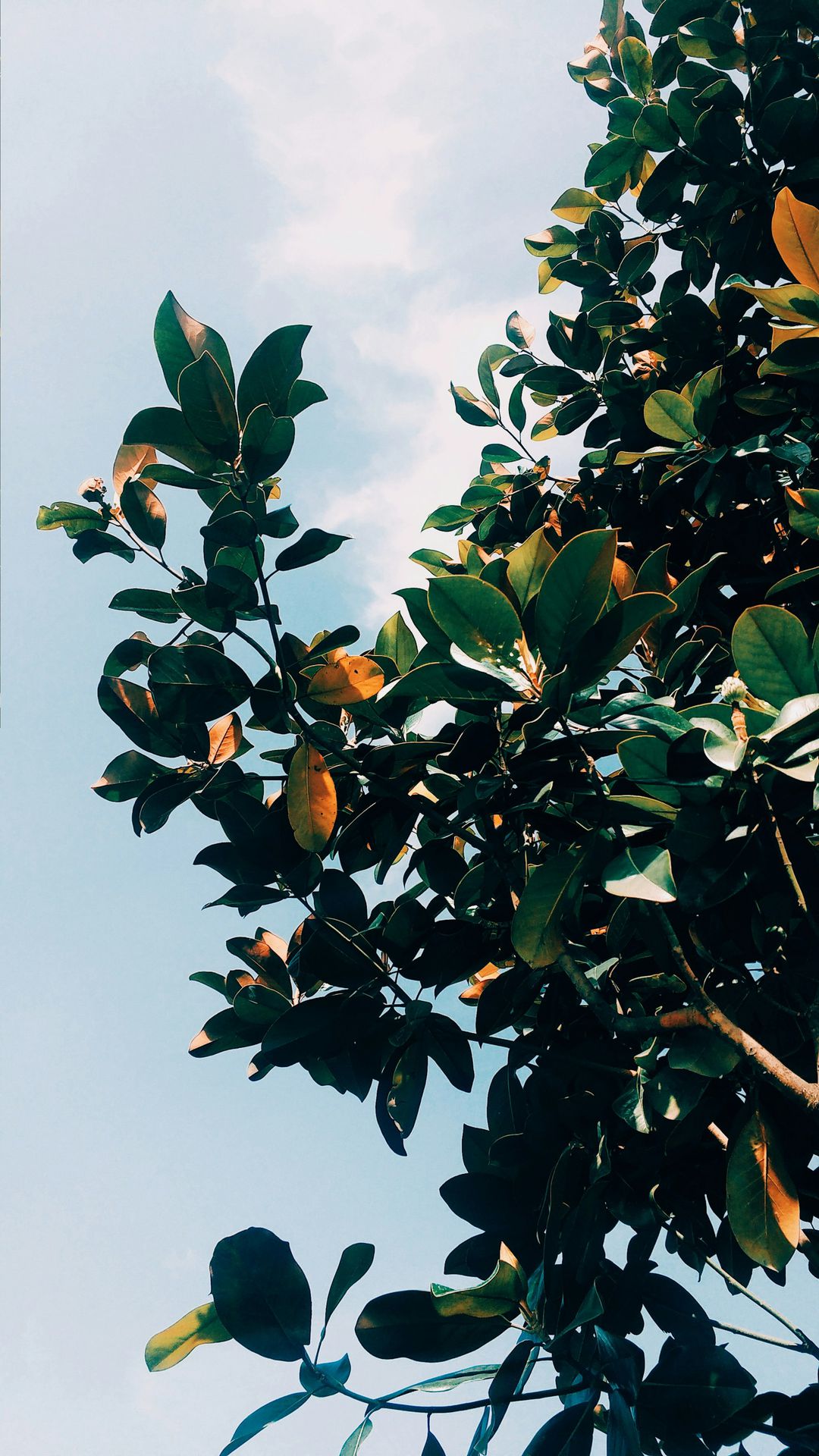
FAQs About Growing Chinese persimmon
1. What is a Chinese persimmon?
The persimmon (Diospyros kaki) is a fruit tree native to East Asia known for its sweet and aromatic fruit. There are several types of fruits, mainly two types: astringent and astringent.
2. What is the difference between Chinese astringent persimmon and astringent persimmon?
Astringent varieties such as ``Hachiya'' are bitter when unripe, but become sweet like pudding when fully ripe. Non-astringent varieties such as ``Fuyu'' are sweet and crunchy even when solidified.
3. How do I know when Chinese persimmons are ripe?
Astringent varieties should be fully ripe and softened before consumption. Non-astringent varieties can be eaten while firm, and their color is a good indicator of ripeness, usually changing from green to orange or red.
4. Can Chinese persimmons be grown in a garden?
Chinese persimmons can be grown in a garden in a suitable climate. Prefers subtropical to temperate climates and well-drained soil. Consider your local climate and soil conditions before planting.
5. How should I care for Chinese persimmon trees?
Provide full sunlight, well-drained soil, and regular watering. During the growing season, young trees are fertilized and pruned for shape and structure. In cold climates it protects young trees from frost.
